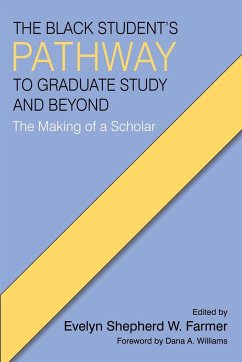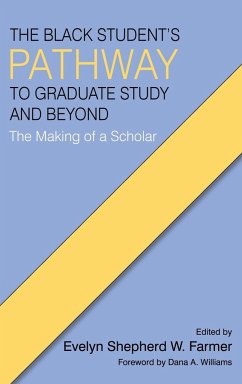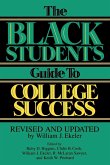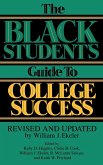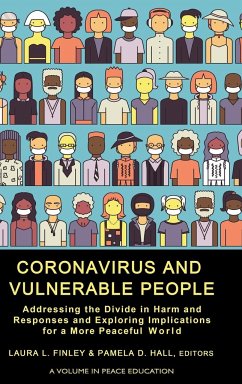The Black Student's Pathway to Graduate Study and Beyond: The Making of a Scholar is an informative and ambitious book designed to help Black prospective and current graduate students pursue graduate degrees successfully. The book covers broad topics ranging from admissions policies, standardized tests, networking, mentorship, financial options, qualifying and comprehensive exams, proposal and dissertation writing, publishing, gender and race, socialization, and campus culture. This volume is organized into five graduate pathways: Pathway I: Embarking on the Graduate Admissions Process; Pathway II: Confronting Race and Gender Disparities in Graduate Education; Pathway III: Persevering to the Graduate Degree; Pathway IV: Adjusting to the Socialization of Graduate Education; and Pathway V: Preparing for Success Beyond Graduate Education. The book calls Black students' attention to some of the barriers they may encounter along the pathway to a graduate degree. The pathway to success can be linear or nonlinear since students travel different journeys and are at different vectors on the continuum. The primary audience for this book consists of Black prospective and current graduate students, graduate deans, admissions counselors, recruiters, and faculty advisors in both black and white higher education institutions. The secondary audience includes high school students, guidance counselors, and social and religious organizations. Furthermore, this book can serve as a handy resource for undergraduates who are interested in pursuing a graduate degree.
Hinweis: Dieser Artikel kann nur an eine deutsche Lieferadresse ausgeliefert werden.
Hinweis: Dieser Artikel kann nur an eine deutsche Lieferadresse ausgeliefert werden.

